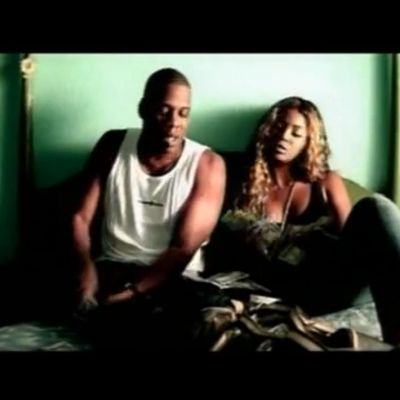
In a GQ cover story this month, Beyoncé rails against women’s dependence on men. “I truly believe that women should be financially independent from their men,” she says. “And let’s face it, money gives men the power to run the show. It gives men the power to define value. They define what’s sexy. And men define what’s feminine. It’s ridiculous.”
This has been an important feminist tenet for decades: money equals independence. And it isn’t exactly a new talking point from Beyoncé. “I buy my own diamonds and I buy my own rings,” she sings in “Independent Women,” the Destiny’s Child hit she co-wrote that spent eleven consecutive weeks atop the Billboard charts in 2000. For the vast majority of women at all socioeconomic levels, financial independence is a hedge against ingrained and institutionalized sexism. Women who have their own income are less likely to stay in an abusive relationship. And as they age, financial security is also correlated with happiness.
But as Lisa Arnold and Christina Campbell, the founders of a singles site called Onely.org, wrote in The Atlantic yesterday, there are significant financial penalties associated with independence, and those penalties increase along with your income and earning power: Between housing costs, insurance fees, and other expenses, a single woman with an $80,000 salary pays a lifetime “penalty” of over a million dollars, Arnold and Campbell estimate. At a time when only the one-percenters have a trust fund to fall back on, the rest of us have a lot to gain by joining forces with a partner. Especially if your professional aspirations include making a film, or launching a start-up, or writing a novel, or taking any number of creative risks, you’re going to need financial support to fall back on. In other words, for a certain subset of the creative class, dependence is a privilege.
Even Bey understands this. Just two years after she was extolling “all the women, independent,” Beyoncé collaborated with her husband Jay-Z on “‘03 Bonnie and Clyde.” While the song doesn’t exactly renounce financial self-sufficiency, it does acknowledge the benefits of linking your economic and professional fortune with an equally powerful partner: “Put us together, how they gon’ stop both us?” Jay raps. “Whatever she lacks, I’m right over her shoulder. When I’m off track, mami is keepin me focused.”
There’s a tension between the financial benefits of linking your fortune to that of an equally formidable creative force and the security of knowing you are fully independent. In lots of Jay-and-Bey type couples, there is a debate about whose creative, risky pursuit will take precedence while the other person plays the role of breadwinner and benefits-gatherer. The financially dependent woman is a familiar archetype, but what about the women who have all the earning power and nonetheless end up trapped? They’re the women whose creative aspirations take a backseat while they work mundane jobs to pay the rent and maintain the health insurance. Meanwhile, their husbands are free to spend long hours on their novel or tour with their band or take meetings with agents.
This is admittedly an issue primarily among the economically and professionally privileged, but it’s a new twist on the notion that dependence on your partner is always a bad thing. Especially when both people in the relationship are ambitious and creative and without a parental-money safety net, there’s a decision to be made: Which of us will pursue our creative dream while the other pays the bills? And which of us will have to wait?
The answers to those questions have a tendency to break along gender lines. The partner who is more aggressive, assertive, and confident has a natural edge. Often, that partner is male. He’s the one who declares he’s ready to take the leap and try to make his unrealistic creative dreams come true. The woman, who is frequently but not always more self-effacing about her abilities, agrees to play a financially supportive role.
There are real privileges associated with going first. The creative world fetishizes young entrepreneurs and auteurs. As we age, most of us become more risk-averse. And then there’s the question of children. In almost every field, there’s a significant drop-off in women’s advancement after they have children. Men do not suffer the same fate. A 2010 survey of U.K. workers in fields like film, design, and media found that 42 percent of the creative workforce is female, compared with 46 percent of the workforce in the wider economy. Older women were even more underrepresented.
Lots of Jay-Bey couples see this conflict coming and discuss it up front. They devise a trade-off scheme: She’ll work while he goes to design school, for example, then he’ll make sure they’ve got health insurance while she writes her screenplay. While I’ve known couples who do follow through on a six-year strategy like this, I’ve known lots of others who break up before they get to the second half of the plan.
It seems like there’s no ideal. You either place a great deal of trust in your partner in the short-term and rely on his income while you invest in your long-term creative goals. Or you become the breadwinner and put your dreams on hold while you fill the joint bank account. But in either scenario, it’s clear that for creatively ambitious women, independence isn’t all it’s cracked up to be. To make the upfront investment of time and resources that creative success often requires, a financially supportive partner is a major boon. To paraphrase Queen Bey, “If you liked it then you shoulda put some capital behind it.”

